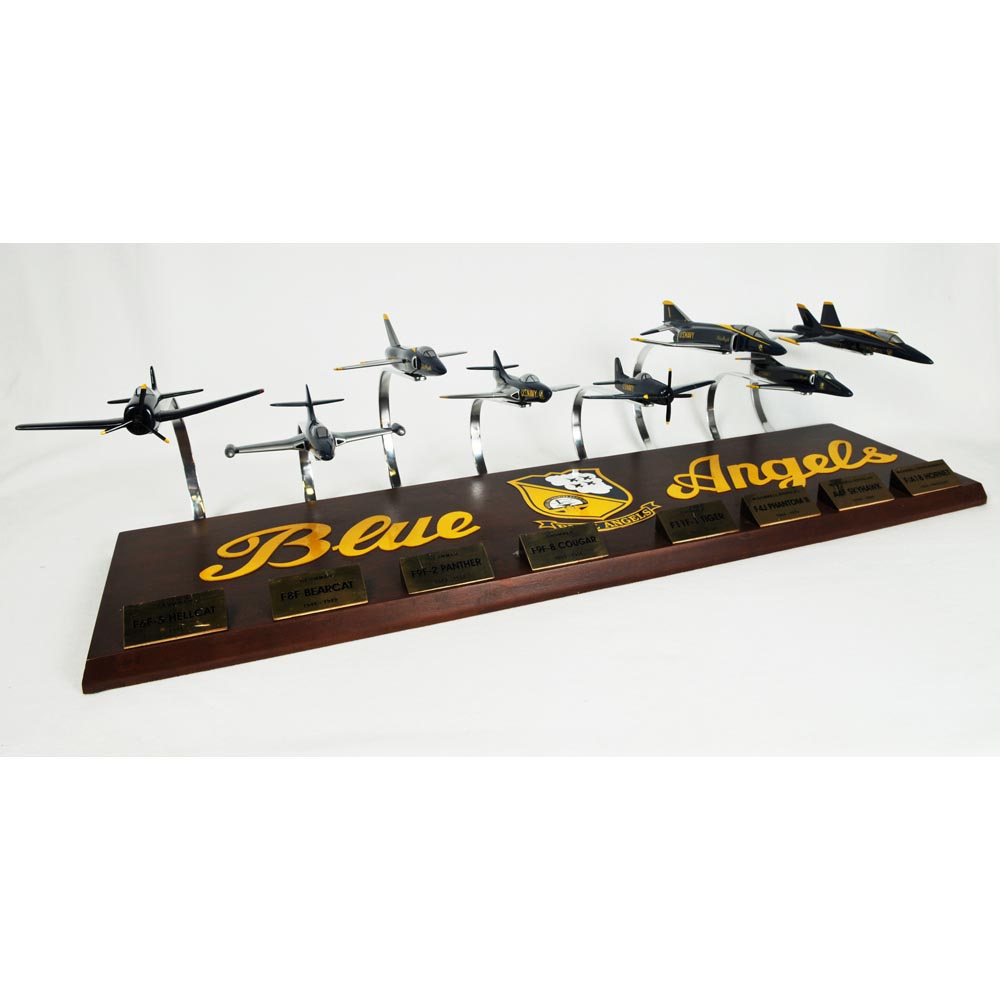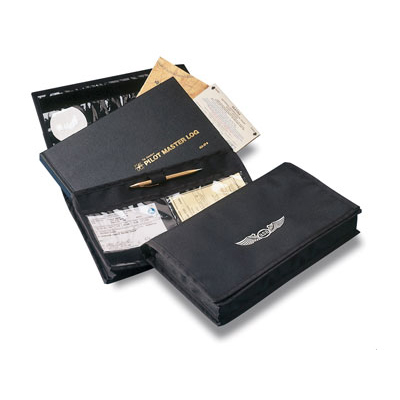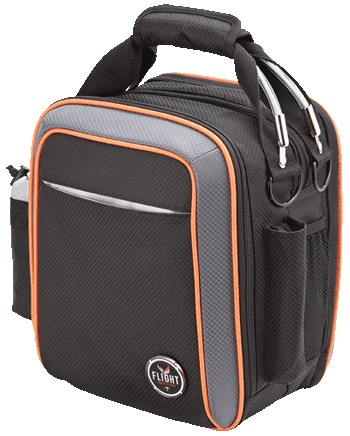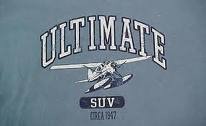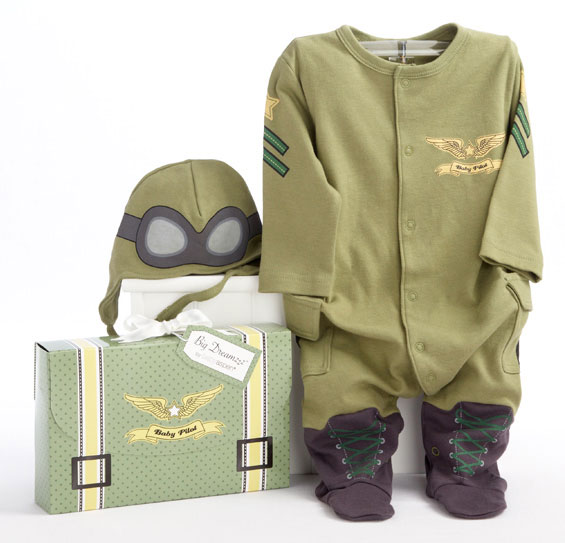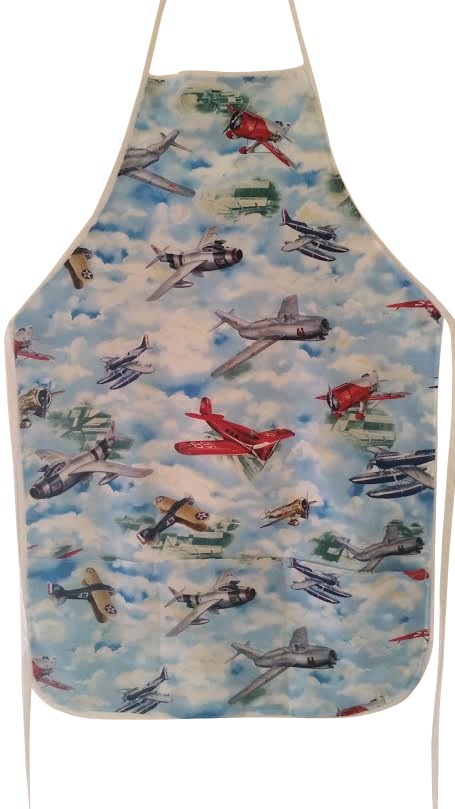F-86f Sabre Model
Артикул: 13-10716
56661 47218 руб.
Наличие: – Есть в наличии у нашего поставщика. Доставка на наш склад в течение 5...6 недель после оплаты Вами заказа.
Overview
| The North American F-86 Sabre is an American transonic jet combat aircraft developed in 1940 and was one of the most-produced Western jet fighters of the Cold War era. In 1949, the F-86 entered service with the United States Air Force, joining the 1st Fighter Wings 94th Fighter Squadron ""Hat-in-the-Ring"" and became the primary air-to-air jet fighter used in the Korean War. F-86 pilots were credited to have shot down 792 MiGs with a loss of only 78 Sabres, a victory ratio of 10:1. Among the first recipients of surplus USAF Sabres was the Republic of China Air Force of Taiwan. In one month of air battles over Quemoy and Matsu, Nationalist pilots tallied a score of no less than 29 MiGs destroyed and eight probables. In 1954, the F-86 entered service with the Pakistan Air Force with the first batch of 120 aircraft. Pakistan Air Force F-86 Flying Ace Squadron Leader Muhammad Mahmood Alam officially credited with five kills in air-to-air combat and destroyed five more enemy Hunter aircraft in less than a minute. Mahmood Alam had a total of nine kills and two damaged to his credit. At the beginning of the war, Pakistani Air Force had eight squadrons of F-86 Sabres. The F-86s downed 31 Indian aircraft in air-to-air-combat. After the war, Pakistan slowly phased out the F-86 Sabres and replaced them with Chinese F-6 fighters. In 1980, the last of the Sabres were withdrawn from service in Pakistan Air Force. The F-86 are currently displayed in Pakistan Air Force Museum and in the cities to which their pilots lived. The F-86F is furnished with the J47-GE-27 engine with about 700 additional pounds of thrust, which increased its top speed about 15 mph to 695 mph. Combat range was increased from 660 miles to 923 miles. It was the first Sabre to haul a 1,200 lb. nuclear bomb , which was carried under the port wing. The F-86F was also furnished with a LABS which allowed the aircraft to escape the blast. |





